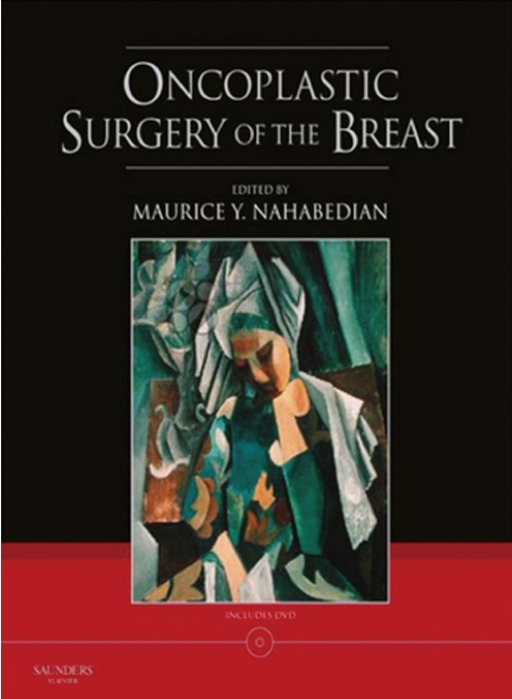Book Review: Oncoplastic Surgery of the Breast
Article information

Dr. Maurice Nahabedian, in the Preface of Oncoplastic Surgery of the Breast, states that his book presents surgeons with a novel learning approach to surgeons. This book contains the essential principles, concepts, and techniques of oncoplastic breast surgery with pearls of insight that will facilitate the readers' mastery of the procedures in their clinical practice. The list of chapters shows the breadth of coverage, and the large number of photographs and illustrations, including those provided by contributors with a prominent reputation in their field, aids in communicating surgical techniques on a practical level.
In particular, the detailed description of breast reduction mammoplasty and adjacent tissue management for various types of flap reconstruction should be easily understood by and useful to readers.
The key point of oncoplastic breast surgery is integrating local or regional tissue rearrangement, which is meant to prevent significant deformity from surgery for cancer resection, such as lumpectomy orquadrantectomy. Oncoplastic Surgery of the Breast emphasizes this point by discussing various techniques employed by plastic surgeons in current breast cancer treatment and conveys the philosophical basis of oncoplastic surgery, which is enhancing the quality of life of patients by aesthetic preservation or restoration.
The DVD enclosed with the book provides a multimedia education on surgical procedures. The book itself presents a variety of approaches that can broaden the range of surgical options available when performing oncoplastic surgery of the breast. The concepts in this book will also aid practitioners in improving the quality of life of their patients.
Recalling my own short-term training at Georgetown University a few years ago, I could feel Professor Nahabedian's devotion to his work and vigorous vitality, qualities that permeate throughout his book. At that time, I was also able to meet Professor Willey (Director of the Betty Lou Ourisman Breast Health Center), a general surgeon that works in cooperation with Professor Nahabedian, and Professor Spear (Chairman of the Plastic Surgery Department), who is Professor Nahabedian's mentor. I could sense so much enthusiasm and passion emanating from these surgeons as they were cordially cooperating with each other when treating breast cancer patients and survivors. It is no wonder why Oncoplastic Surgery of the Breast, a book written by such an enthusiastic plastic surgeon working in a collegial setting, can serve as a great learning tool. As the saying goes, "good fruit comes from good soil."
Notes
No potential conflict of interest relevant to this article was reported.